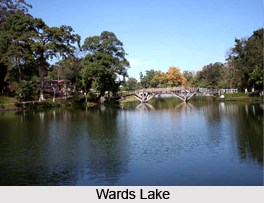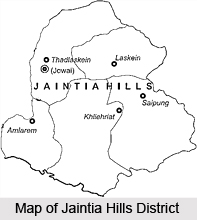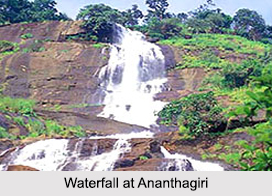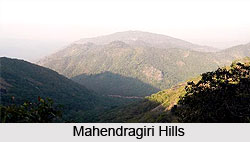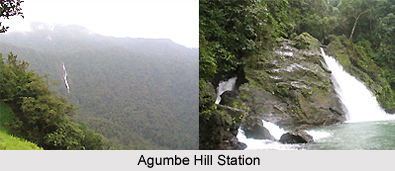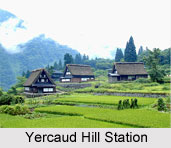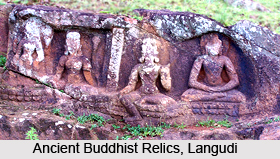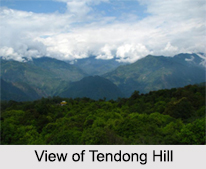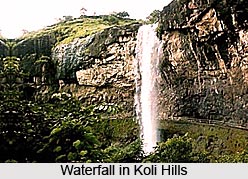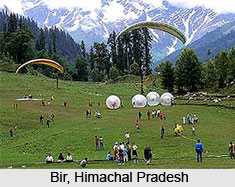 Bir is a small hilly village located in the west of the state of Himachal Pradesh in northern part of India. This hill station is famous for eco tourism to the foreign travellers and the national travellers also. Bir is now a hotspot for the tourist who visit this spot in the month of springs and autumns.
Bir is a small hilly village located in the west of the state of Himachal Pradesh in northern part of India. This hill station is famous for eco tourism to the foreign travellers and the national travellers also. Bir is now a hotspot for the tourist who visit this spot in the month of springs and autumns.
Location of Bir
Bir is located at in the Tehsil (administrative subdivision) of Baijnath, in Kangra District Himachal Pradesh. Bir is situated in the western part of Himachal Pradesh. This spot is popular not only for the eco tourism, but also for the people who love tribal and Aryan history of India. It is situated approximately 50 km, southeast of Dharamshala, Himachal Pradesh at a distance of two to three hours by road. It is 14 km south of Billing, which lies on the way to the Thamsar Pass leading to Bara Bhangal. Bir is situated in the Joginder Nagar Valley, Dhauladhar Range of the foothills of the Indian Himalayas.
History of Bir
The name Bir is mentioned in many ancient Hindus and Buddhist scriptures. Prithi Pal was a descendant of the Rajas of Bhangahal, who appear to have maintained their rights until the time of Raja Prithi Pal in the early part of the eighteenth century. Raja Prithi Pal fell a victim to his father-in-law, Raja Sidh Sen, who in the year 1728 invited him to Mandi in the pretext of seeking his assistance against the Raja of Suket. He was kindly received but within a month of his arrival he was beguiled into the Damdama Fort, and there murdered. It is said his body was duly burnt, but his head was buried in a tank facing the Mandi Raja`s palace. A pillar was erected on the spot, and a light was kept burning on it for years. Later the Mughal influence caught the attention of this place.
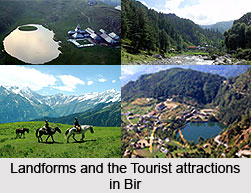 After the decline of Mughal Empire in India, the British East India Company and later the British Government in India made this spot a Tibetan refugee settlement and the eco tourist spot. In the year 1966, the Tibetan colony flourished in Bir.
After the decline of Mughal Empire in India, the British East India Company and later the British Government in India made this spot a Tibetan refugee settlement and the eco tourist spot. In the year 1966, the Tibetan colony flourished in Bir.
Population of Bir
Population of Bir is primarily Indian agriculturalists. There is also a sizable community of Tibetan refugees in the Bir Tibetan Colony and a small community of international expatriates and long-term students, volunteers and visitors.
Tourism in Bir
Bir is a noted centre for ecotourism, spiritual studies and meditation. Bir is also residence to a Tibetan refugee settlement with several Buddhist monasteries and a large stupa. Bir was ruled by Pala dynasty of Chandarvanshi lineage. This spot is also conducive to attain penance, peace in mind. Some of the popular tourist spot in Bir are Deer Park Institute, Dharmalaya Institute, Chokling Gompa, Bir Tea Factory and Bir-Billing area.
Visiting Information
Bir is easily accessible through railways, roadways and airways. The nearest railway station is Ahju, on the narrow-gauge line running between Pathankot and Jogindernagar via Kangra. The road access to Bir is from the Bir Road turnoff (signposted) on approximately midway between Baijnath and Jogindernagar.
